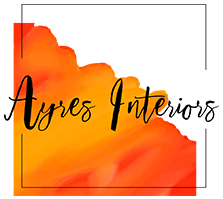Recently, I bought this little trinket box for my sister’s birthday. She’s a Pisces, and I thought she would enjoy this mid-century take on fish done in wire.

She loved it! Its totally useless little presence will grace her table somewhere, and she’ll enjoy remembering who gave it to her (I hope).
Apparently Martha Stewart loves trinket boxes as much as I do. I saw this wonderful montage of boxes in one of her recent issues. The writer agrees that “these decorative little containers possess a certain well-traveled charm…and sit pretty on a coffee table, casting a worldly impression.”
If you go by the rule that three of anything is a collection, then I must say, I have a lot of collections. And one of my best is a collection of trinket boxes!
I’m attracted to these little gems for a number of reasons. I have a lot of small things to keep in them; they are decorative and unusual; they make great gifts, depending on a person’s interests; they are often handmade, which I love; they’re generally affordable, unless they’re by Tiffany; and they mix nicely with other tabletop items in display.
I usually find interesting decorative boxes in vintage stores, although I’m seeing more of them offered in retail stores that sell them as jewelry boxes (because I think they don’t know what else to call them).
Etsy also has a million boxes to choose from. And there are many other websites that sell Victorian boxes of all shapes and sizes.  Most of the wooden food boxes are from the the ’20s and ’30s.
Most of the wooden food boxes are from the the ’20s and ’30s.

My sister gave me the handmade photo box on the left. I paid $5 for the cigar box. Just love how festive it is!
And I’m sure many of us remember the cedar boxes (some call them caskets) purchased from tourist spots in the U.S., that were big in the ’30s and ’40s. That is my full knowledge of decorative boxes…
So I’m not going to say a lot more about trinket boxes, other than that they come in all shapes and sizes from all eras. I would suggest that if it interests you to have your own collection, you should choose a focus (wood, tin, bakelite etc.) because there are just too many boxes for sale in the world!
















No Comments